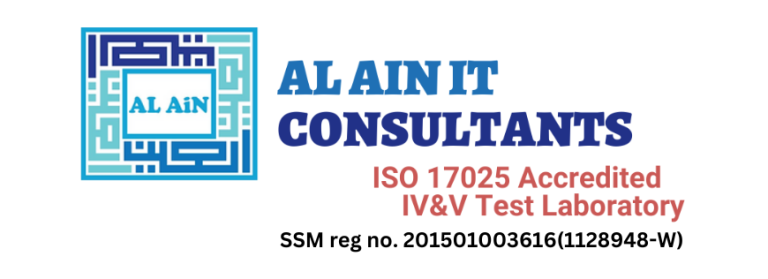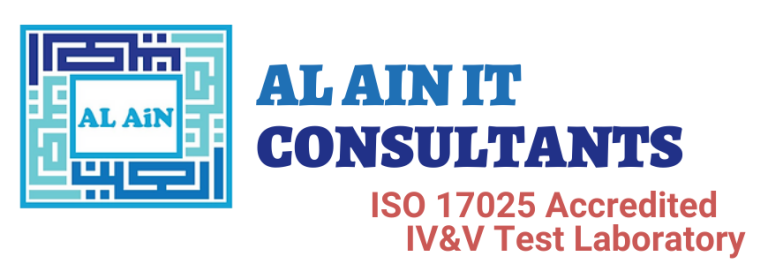We are currently undergoing maintenance on our email server. Kindly direct your emails to us at alaintester003@gmail.com. We apologize for any inconvenience caused.
Software Independent Verification and Validation (IV&V)
Enhance your testing expertise through IV&V training
5
Lessons
Online
Platform
All
Skill Level
40hrs
Duration
English
Language
Overview
With an overview of IV&V principles, techniques, and best practises, this session provides as a foundation. You will have a good grasp of the goals and advantages of IV&V as well as its function in guaranteeing the dependability and quality of software.
Explore a variety of IV&V methods and equipment used in the field. This subject covers a variety of approaches and tools that improve the efficacy and efficiency of IV&V activities, from requirements analysis and traceability to risk assessment and test design. Learn by doing using well-known IV&V reporting, defect tracking, and test automation tools.
Course Objectives
- Gain a thorough grasp of the essential ideas and principles underlying IV&V, including its function in guaranteeing the quality, dependability, and compliance of software.
- Learn IV&V processes, frameworks, and industry standards to implement effective programs in your organization.
- Develop practical skills in requirements analysis, risk assessment, test design, and defect tracking using industry-leading technologies by mastering IV&V processes and tools.
- Improve IV&V reporting and communication skills to convey technical information effectively to stakeholders, project teams, and management with clear and concise reports.
- Implement industry best practises for the highest level of software quality and dependability in your IV&V projects by adhering to accepted standards and best practises.
Learning Outcomes
By the end of the course, you should have a solid understanding of CTFL, including the processes involved and the tools that are available for you to use. Upon completion of the course, participants shall be able to:
- Understand the IV&V concepts, principles, and the importance of IV&V in software quality assurance.
- Develop skills to implement IV&V frameworks and procedures that are accepted in the industry.
- Learn how to solve complicated problems and think critically in order to make wise decisions in IV&V circumstances.
Learning Path
A fundamental overview of IV&V principles, procedures, and its function in software quality assurance is provided through this module. It discusses the fundamentals of IV&V, its goals, advantages, and the significance of independent verification and validation in maintaining the reliability of software.
The practical aspects of IV&V implementation are the main focus of this module. Participants will gain knowledge of the many stages, tasks, and outcomes associated with a successful IV&V programme. It addresses issues including requirements analysis, risk analysis, test design, defect tracking, and the usage of IV&V technologies that are accepted in the industry.
Participants will learn more about IV&V’s risk-based methodology in this lesson. They will learn how to recognise, evaluate, and rank risks in the design and testing of software. The module discusses methods for doing risk analyses, strategies for reducing risks, and methods for making choices that will efficiently distribute IV&V resources based on risk levels.
This module aims to improve participants’ reporting and communication abilities in the context of IV&V. Participants will learn how to write IV&V reports that successfully communicate technical information to stakeholders, project teams, and management. The best ways to convey findings and suggestions will be explored as well.
Advanced IV&V subjects and recent developments are covered in this module. Participants will examine subjects like IV&V automation, incorporating AI and machine learning approaches, and using IV&V in agile and DevOps systems. The module’s participants will learn more about the most recent developments in IV&V practises and have their expertise expanded.
What People are Saying
"The IV&V training course went above and beyond what I expected. The course material was extensive, and the lecturers were well-informed and interesting. I was able to apply the concepts I learnt thanks to the practical activities and real-world case studies."

"The IV&V training programme, which I recently finished, has been tremendously helpful for my job. From fundamental concepts to actual execution, the programme covered all facets of IV&V and the hands-on activities allowed me to practice what I learned."

"The modules were expertly paced and accessible, making it suitable for beginners in the field. Equipped with newfound knowledge and skills, I am now able to implement effective IV&V practices in my organization. I wholeheartedly recommend this program to anyone interested in IV&V."

Previous
Next
Let's start learning
Are you ready to start?



